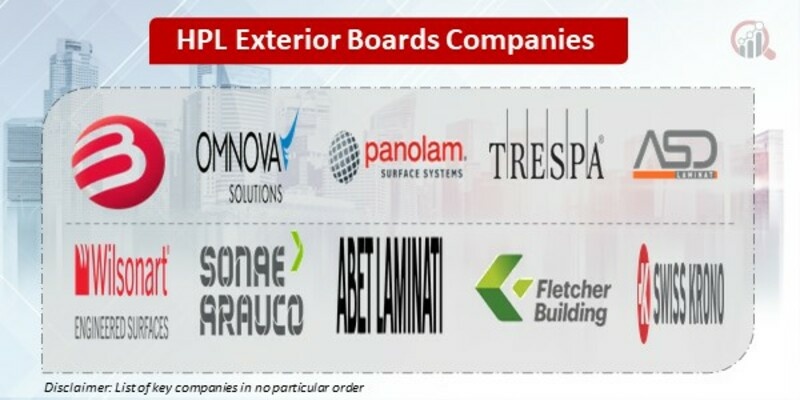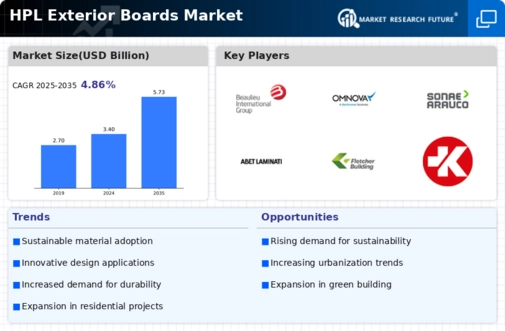Top Industry Leaders in the HPL Exterior Boards Market

HPL Exterior Boards Market
June 2023- Stonelam, the market leader in India for 3mm thin slabs in facades and interiors, is revolutionizing the architectural materials industry. With its cutting-edge 3mm thin porcelain slabs, Stonelam offers a distinct and unique solution for exterior facade cladding in a wide range of buildings, including hotels, commercial spaces, residential complexes, and hospitality establishments. Stonelam recognizes that architecture and interior design encompass more than just hardware; it is the cohesive blend of practicality and aesthetics that truly brings a space together. Leveraging emerging technologies such as IoT, connectivity, and accessibility, the brand delivers innovative solutions that meet the evolving needs of its customers. According to Sushant Pathak, Chief Marketing Officer of Stonex Group, the architectural landscape has undergone significant transformation since the onset of the pandemic. The focus today lies in achieving aesthetic appeal through a minimalist approach, with automation and smart home technologies gaining prominence. Customers are increasingly aware of the limitations posed by materials such as ACP, paint, and HPL, which are prone to scratching, fading, and fire and water damage. Stonelam serves as a superior alternative to these hazardous materials. For example, their 12mm variant is renowned globally as the premier choice for kitchen countertops, offering the most hygienic surfaces. These slabs are resistant to the growth of algae, fungi, mold, and bacteria.
September 2023- With a rich heritage spanning over three decades, Regency Ceramics Limited ("Regency/Company") is set to make a return to the market. Renowned for its exceptional quality, intricate designs, and lasting durability - the Company's recall value has motivated it to relaunch itself in its key markets. Chennai was chosen as the first city to receive Regency natural tiles after it re-started its market operations. Regency's dealers in Chennai received Regency's glazed vitrified tiles, which has resonated with a wide audience, as the customers have highlighted the quality, design, and packaging as outstanding.
The HPL exterior boards market major player such as Beaulieu International, OMNOVA Solutions, Panolam Industries, Trespa International, ASD Laminate, Wilsonart International, Sonae Arauco, Abet Laminati, Fletcher Building, SWISS KRONO, G&P (Xinfeng)Decorative Laminate Co. Ltd, PFLEIDERER, KRONOSPAN, ZHENGHANG DECORATIVE MATERIALS, EGGER and ARPA INDUSTRIALe.









